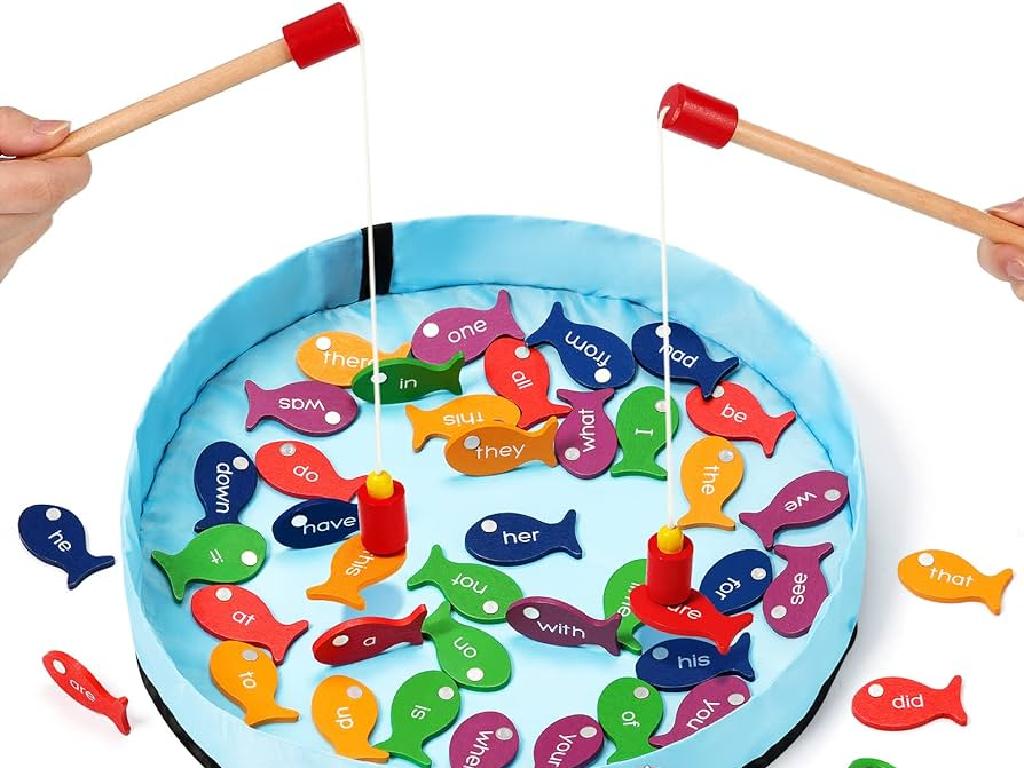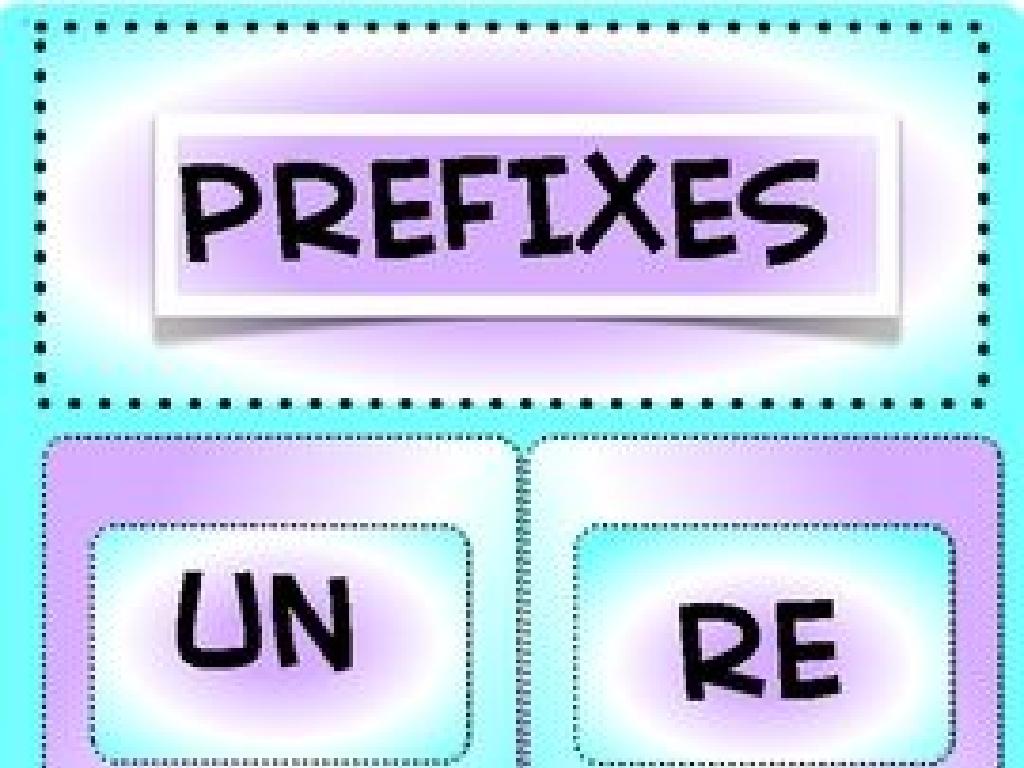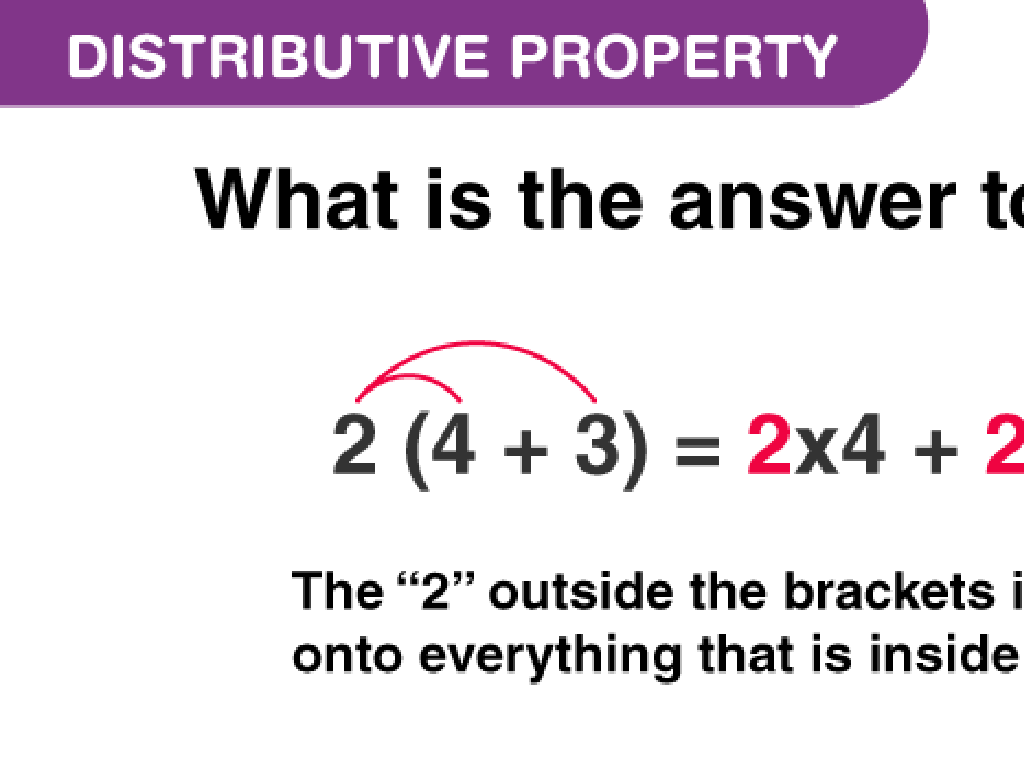Which Feeling Matches The Picture?
Subject: Language arts
Grade: Pre-k
Topic: Inference And Analysis
Please LOG IN to download the presentation. Access is available to registered users only.
View More Content
Exploring Feelings Through Pictures
– Learn about different feelings
– Guess feelings from pictures
– Look at faces and body language in the images
– Why understanding feelings is important
– Knowing feelings helps us respond to friends
– Feelings help us connect with others
– Sharing feelings can make friendships stronger
|
This slide introduces the concept of emotions and their importance in social interactions to young learners. Start by explaining what feelings are and that everyone experiences them. Show pictures depicting various emotions and ask the children to guess how the person or animal in the picture feels. Discuss how recognizing others’ feelings can help us be better friends and show kindness. Encourage the children to think about times they felt certain emotions and how they showed it. This activity will help develop empathy and emotional intelligence in the students.
Exploring Feelings
– What are feelings?
– Feelings are emotions like joy or fear
– Types of feelings
– Happy, sad, angry, scared are some feelings
– Guessing feelings from faces
– We can often tell how someone feels by their facial expressions
– Feelings are important
|
This slide introduces the concept of feelings to Pre-k students, helping them understand that feelings are emotions everyone experiences. Start by explaining what emotions are and provide examples of different feelings such as happiness, sadness, anger, and fear. Use simple language and relatable scenarios to explain each feeling. Encourage the children to think about times they have felt each emotion. Discuss how we can sometimes infer how others are feeling by looking at their faces, and emphasize the importance of recognizing and respecting our own and others’ feelings. Use pictures of people with different facial expressions to help children guess the feeling being depicted. This activity will enhance their empathy and emotional intelligence.
Matching Feelings with Pictures
– Observe pictures as a group
– Use detective skills for guessing
– Look at faces and body language
– Remember, every guess is great
– It’s okay to guess differently
– Learning feelings together is fun
|
This slide is designed to be interactive and engaging for Pre-k students as they learn about emotions. Start by showing a series of pictures depicting different emotions. Encourage the children to observe the facial expressions and body language in each picture to infer the feeling being portrayed. Remind them that this is a learning experience and that there are no wrong answers. Each child may see the picture differently, and that’s perfectly fine. The goal is to create an inclusive environment where all students feel comfortable expressing their thoughts. As the teacher, facilitate the discussion, validate all responses, and guide the children towards understanding the range of human emotions.
Guess the Feeling: Picture Analysis
– Observe the picture carefully
– What feeling is shown?
– Is the person smiling or frowning?
– Look for feeling clues in the picture
– Clues like facial expression, body language
– Discuss our ideas together
|
This slide is designed to engage Pre-k students in understanding emotions through visual cues. Present a picture with a clear emotional expression to the class. Encourage the children to look at the picture and observe details such as facial expressions and body language. Ask them to identify the feeling being portrayed and to think about what in the picture helped them understand that feeling. Facilitate a class discussion where each child can share their thoughts and listen to others. This activity helps develop empathy and emotional intelligence, as well as critical thinking skills as they infer feelings from visual information.
Picture 2: Guess the Feeling
– How does this person feel?
– What in the picture suggests that?
– Look for clues like smiles or tears
– All feelings are okay
– It’s normal to feel happy, sad, angry, etc.
– Sharing our thoughts
– We’ll take turns talking about the feelings
|
This slide is aimed at helping Pre-k students understand emotions and develop empathy by observing visual cues. Display a picture of a person showing a clear emotion. Ask the students to guess the feeling being depicted and discuss what aspects of the picture led them to that conclusion, such as facial expressions or actions. Reinforce that all feelings are valid and it’s okay to express them. Encourage the children to share their own experiences with similar emotions. This activity will not only help with their inference skills but also with emotional recognition and vocabulary. Prepare to guide the discussion with gentle prompts and ensure a supportive environment where each child feels comfortable sharing.
Picture 3: Guess the Feeling
– Observe the picture carefully
– What feeling is shown?
– Look at the faces and body language
– When have you felt like this?
– Share personal experiences with class
– Sharing feelings is important
– Helps us connect and empathize
|
This slide is designed to help Pre-k students develop emotional intelligence through inference and analysis of visual cues. Display a picture with a clear emotional expression. Ask the students to observe the picture and discuss the feeling being depicted, guiding them to notice facial expressions and body language. Encourage them to think of times they have felt a similar emotion and share their experiences. Emphasize the importance of sharing feelings to foster understanding and empathy among classmates. This activity will not only help with language development but also with social and emotional learning.
Class Activity: Drawing Feeling Faces
– Think of a feeling you know
– Draw a face showing that feeling
Use colors and shapes to express the emotion
– Share your drawing with the class
– Guess the feelings in classmates’ drawings
Is it happy, sad, angry, or surprised?
|
This activity is designed to help Pre-k students understand and express emotions through art. Start by discussing different feelings and the facial expressions associated with them. Encourage the children to think of a feeling and then draw a face on a piece of paper that they believe matches that feeling. Provide them with crayons, markers, and other art supplies. Once everyone has finished drawing, have a show-and-tell session where students can share their artwork and the rest of the class can guess the emotion depicted. This will not only help with their inference and analysis skills but also with emotional recognition and empathy. Possible feelings to suggest include happy, sad, angry, surprised, scared, and excited. Make sure to praise their efforts and creativity.
Review and Goodbye: Feelings Exploration
– Great job exploring feelings!
– Understanding everyone’s unique emotions
– Each person may feel differently about the same picture
– Feelings are okay, no matter what they are
– It’s normal to feel happy, sad, angry, or scared sometimes
– Excited for our next Language Arts adventure!
|
Today’s class was all about recognizing and understanding different feelings through pictures. Reinforce the idea that it’s perfectly normal for everyone to experience a range of emotions, and that each person’s feelings are valid. Encourage the children to express their emotions and to respect how others feel. As we conclude, remind them of the importance of empathy and looking forward to more engaging activities in the next class. Keep the atmosphere positive and uplifting, ensuring the children leave feeling accomplished and eager to continue their learning journey.






